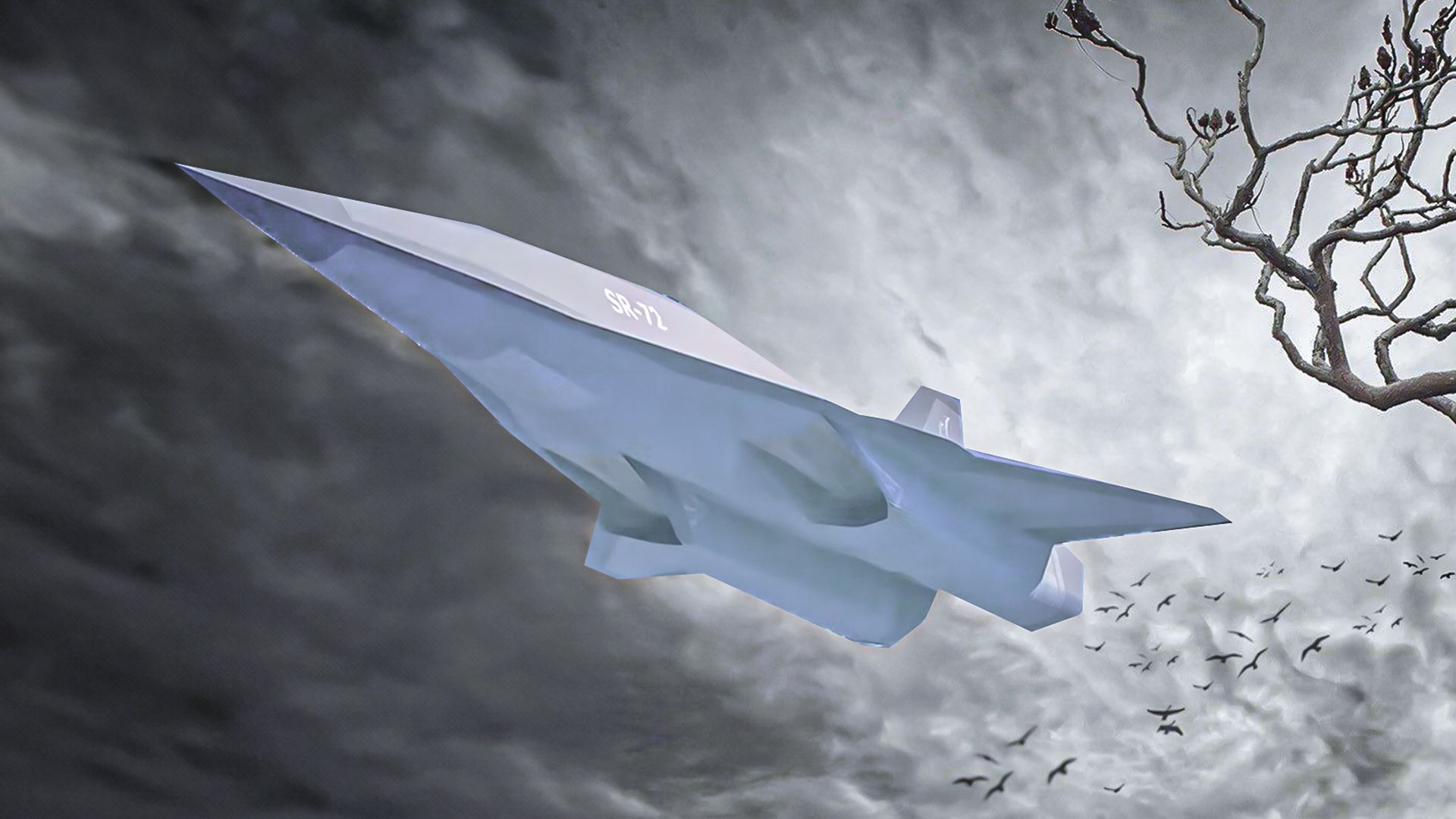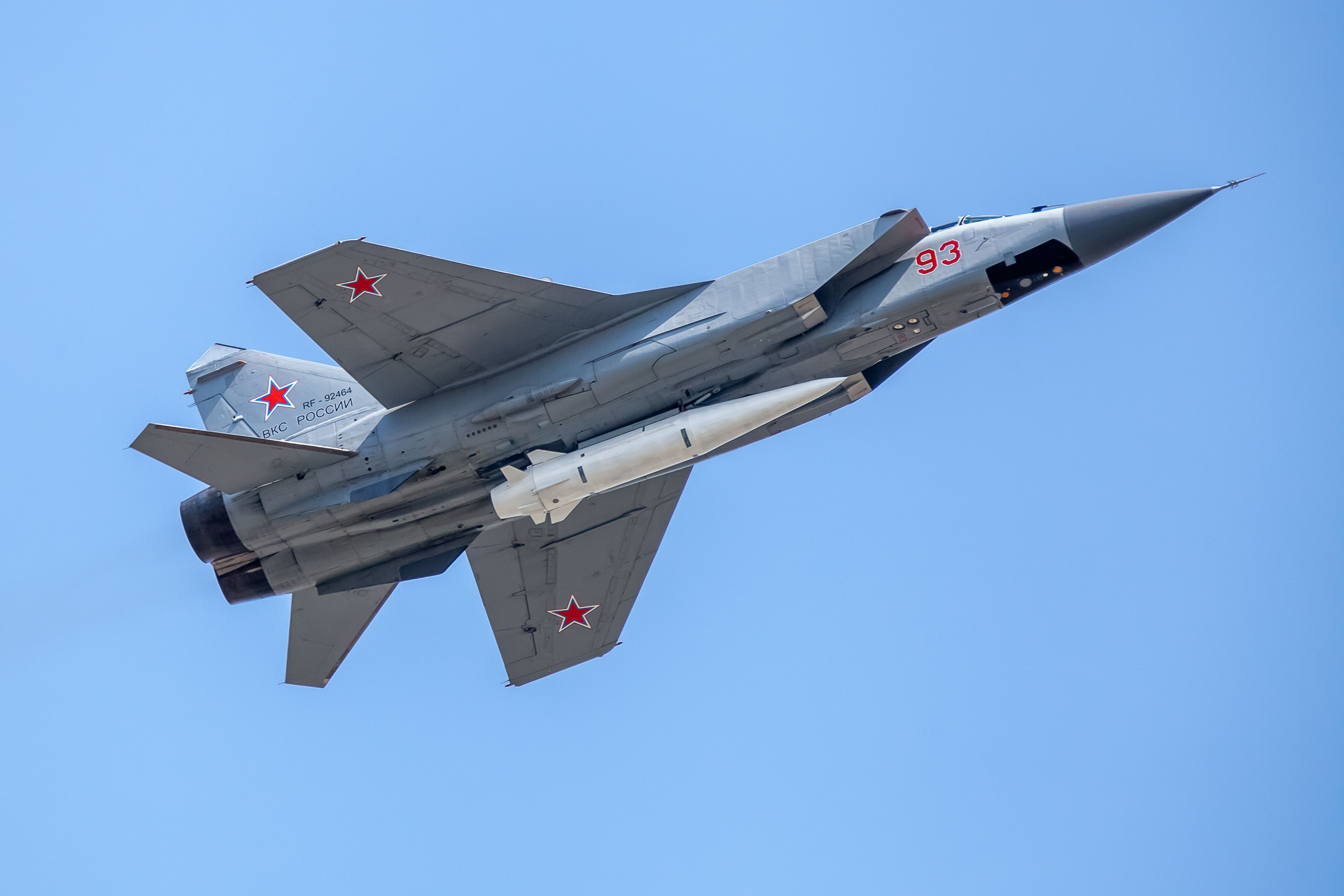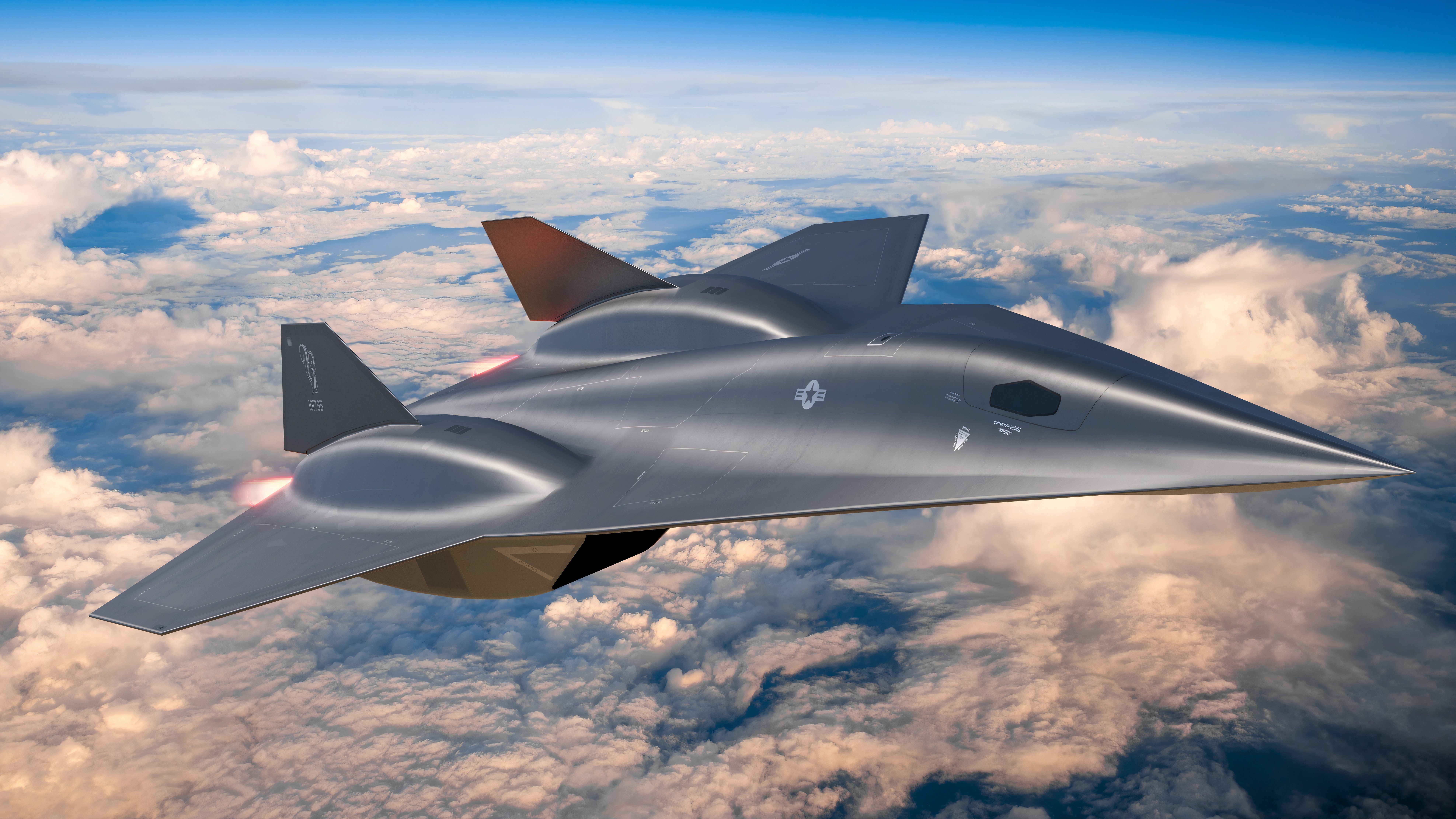Summary
- The SR-72 is a hypersonic testbed, capable of reaching speeds beyond Mach 5 for military purposes.
- It can be a unique surveillance platform, intercepting moving targets and enabling fast post-strike analysis.
- As a precision weapon truck, the SR-72 can carry GPS guided bombs at high speeds to strategic locations.
The Lockheed Martin SR-72 ‘Darkstar’ currently under development promises to be more than a SR-71 replacement. Although the actual SR-72 is almost certainly not the Darkstar of “Top Gun: Maverick” fame, a look through aviation history shows the SR-72 can become more than a boundary-pushing surveillance aircraft going past Mach 5 for the US military.
5
A hypersonic test bed
The first regularily flying hypersonic aircraft can serve as a test bed for hypersonic technology
First, let us define hypersonic. Hypersonic is generally accepted to be flying at Mach 5 or five times the speed of sound as the minimum hypersonic speed. Therefore, the SR-71 Blackbird never went hypersonic. Additionally, the only human-controlled aircraft to go hypersonic in the atmosphere was the X-15.

Related
Amazing! How The X-15 Hypersonic Research Program Set All Kinds Of Aviation Records
The X-15’s speed record remains unbroken, and (by some definitions) its altitude record wasn’t broken until 2004.
One can watch a NASA documentary video of the X-15’s research and issues hypersonic flight will have to address in test.
With the SR-72 intended to go past Mach 5, the SR-72 is arguably a good testbed for what works and does not work at hypersonic speeds. Things that could be tested include aerodynamics, cockpits, construction materials, shapes, and more. If this sounds like Boom Supersonic’s XB-1, it is good because the XB-1 is intended to test new aerodynamics, new cockpit technology, new construction materials, and more, as one can read below:
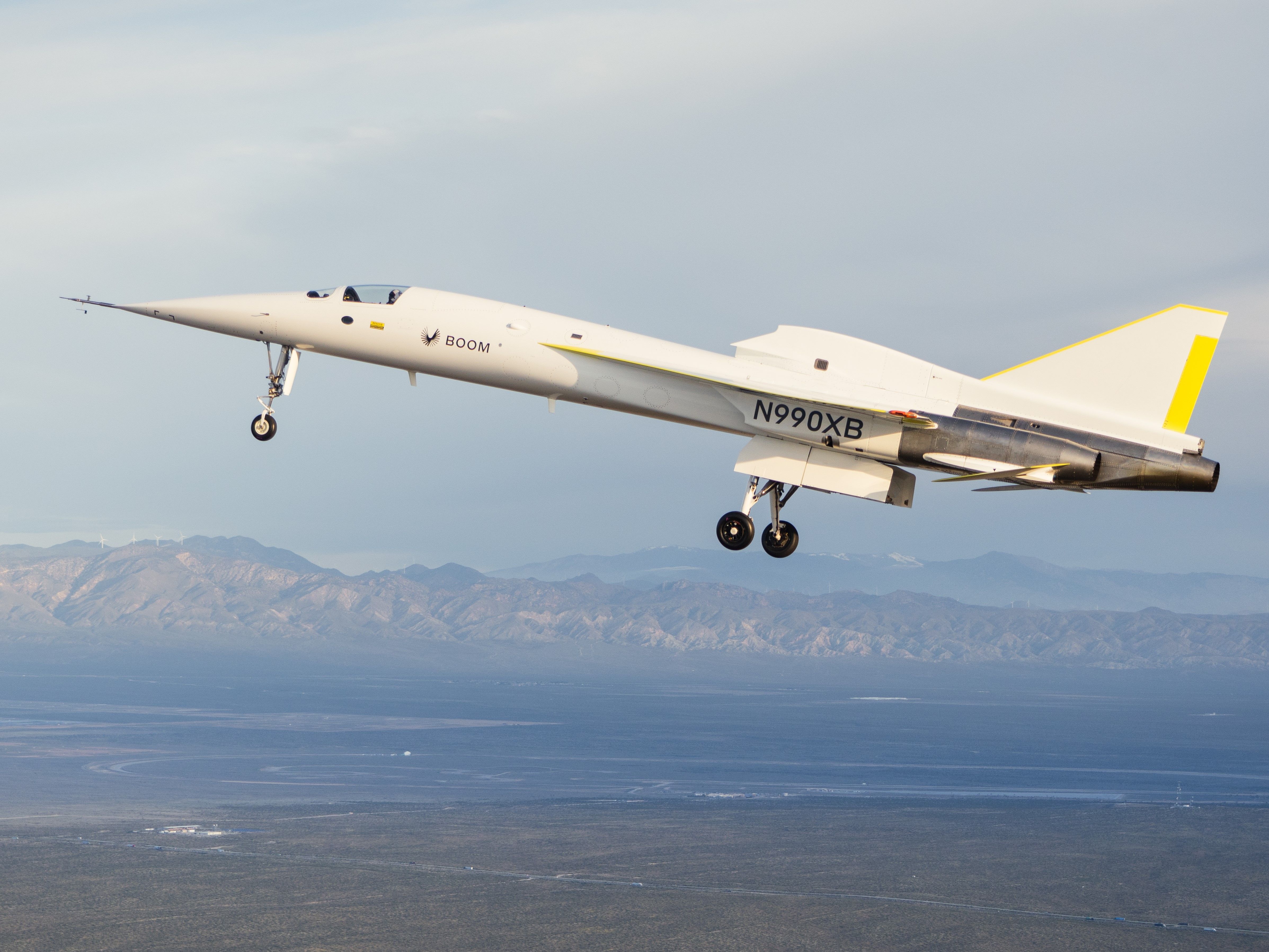
Related
Boom Supersonic Completes First Flight With XB-1 Demonstrator
Boom Supersonic XB-1 prototype has a first flight. Read on to see what XB-1 is testing and some thoughts from CEO Blake Scholl on the future of Boom.
One could argue that the SR-72’s body of flight test work could help develop a future civilian hypersonic aircraft. So, if you like the prospect of a 4:40 travel time between New York City and Rome in a Boom Overture in the 2030s, wait until hypersonic commercial travel where one can go 60 miles or more… in a minute. But there may be unforeseen environmental issues with going hypersonic, so potential environmental risks will have to be tracked.
4
A unique surveillance platform
High speed flight means faster transmission of critical intelligence
Being able to go 60 miles or more in a minute complete with photographic, radio, and radar sensors means that one now has a surveillance platform that can intercept moving targets plus do fast post-strike analysis. All of these are things that the SR-71 did – but with film that took time to develop. One can watch a below SR-71 retrospective below:
Ever since the retirement of the SR-71 in the 1990s, the United States has had to rely mostly on predictable satellites, less-than-supersonic drones, and the high-flying, non-stealth U-2 for aerial reconnaissance. With great power competition returning to the world, speed matters again.
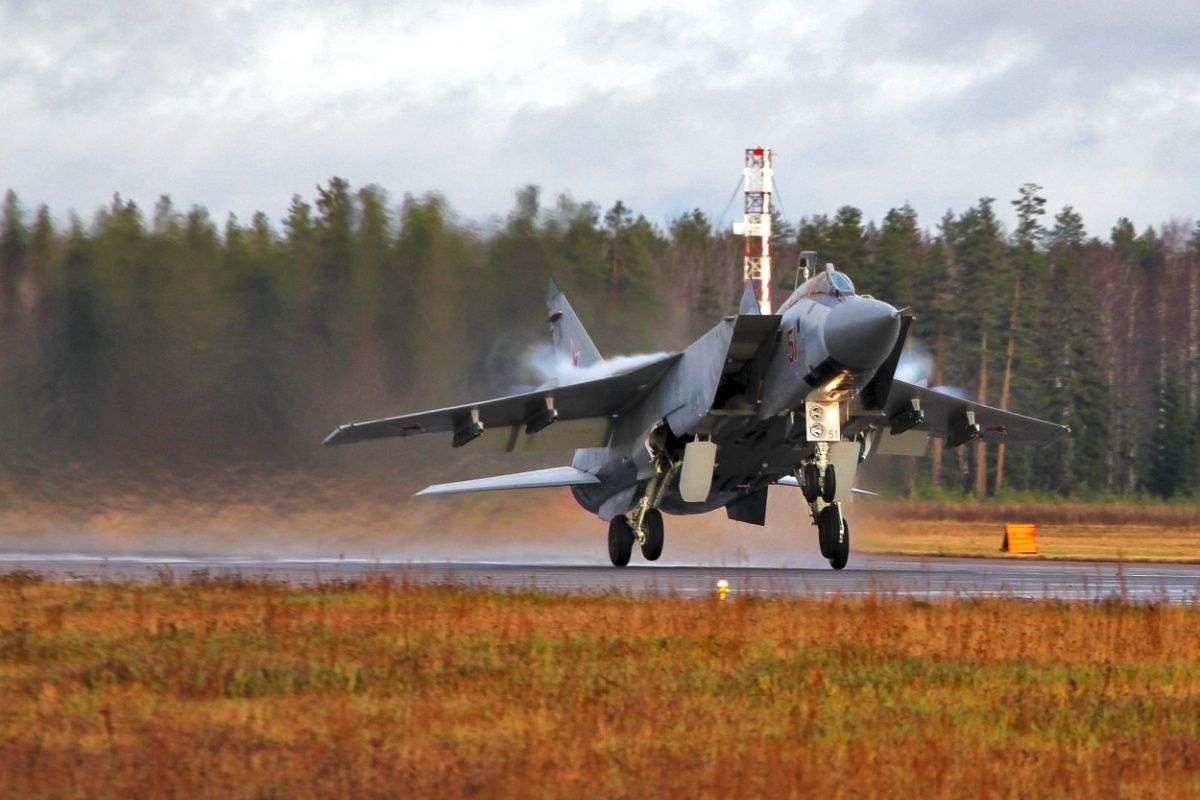
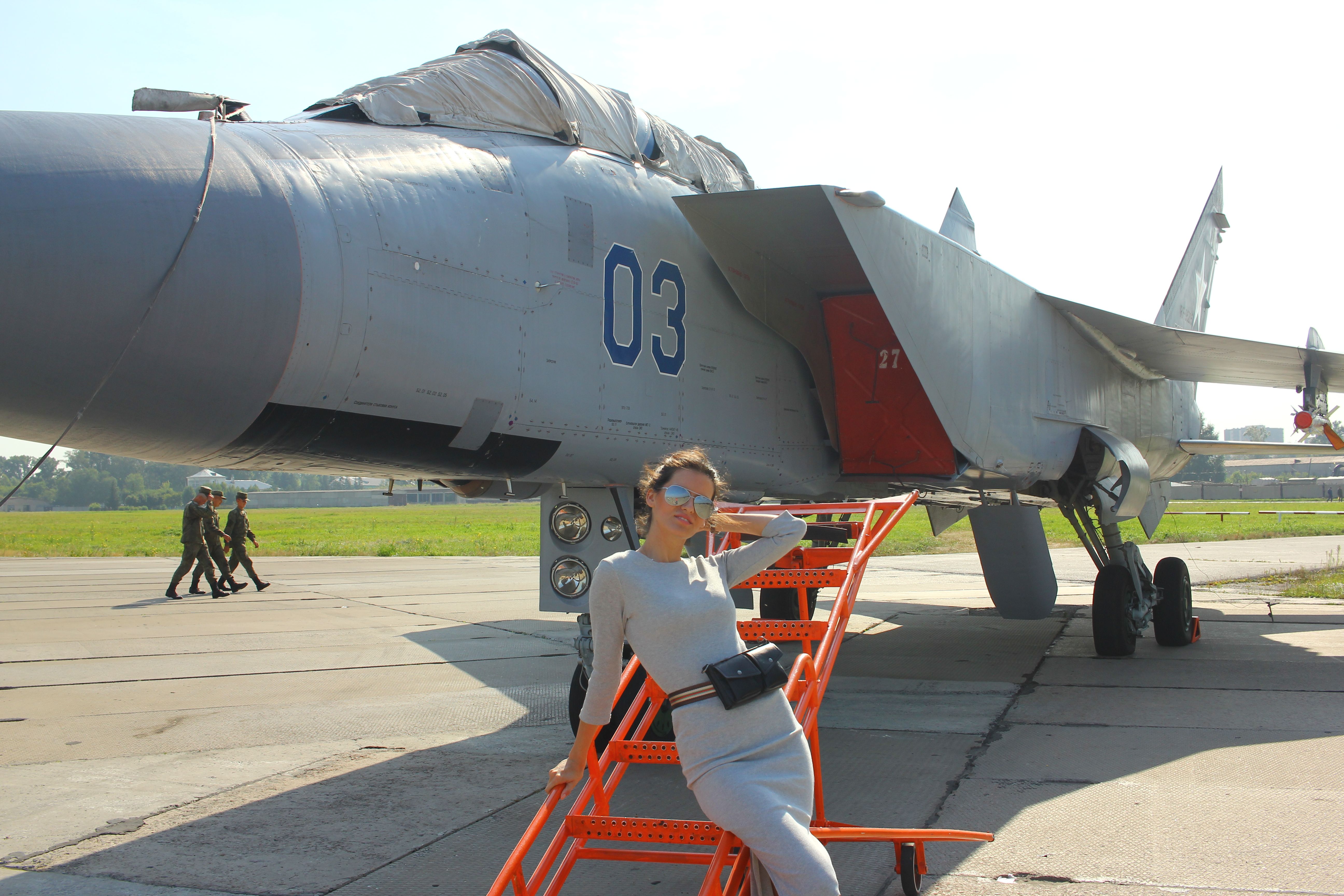
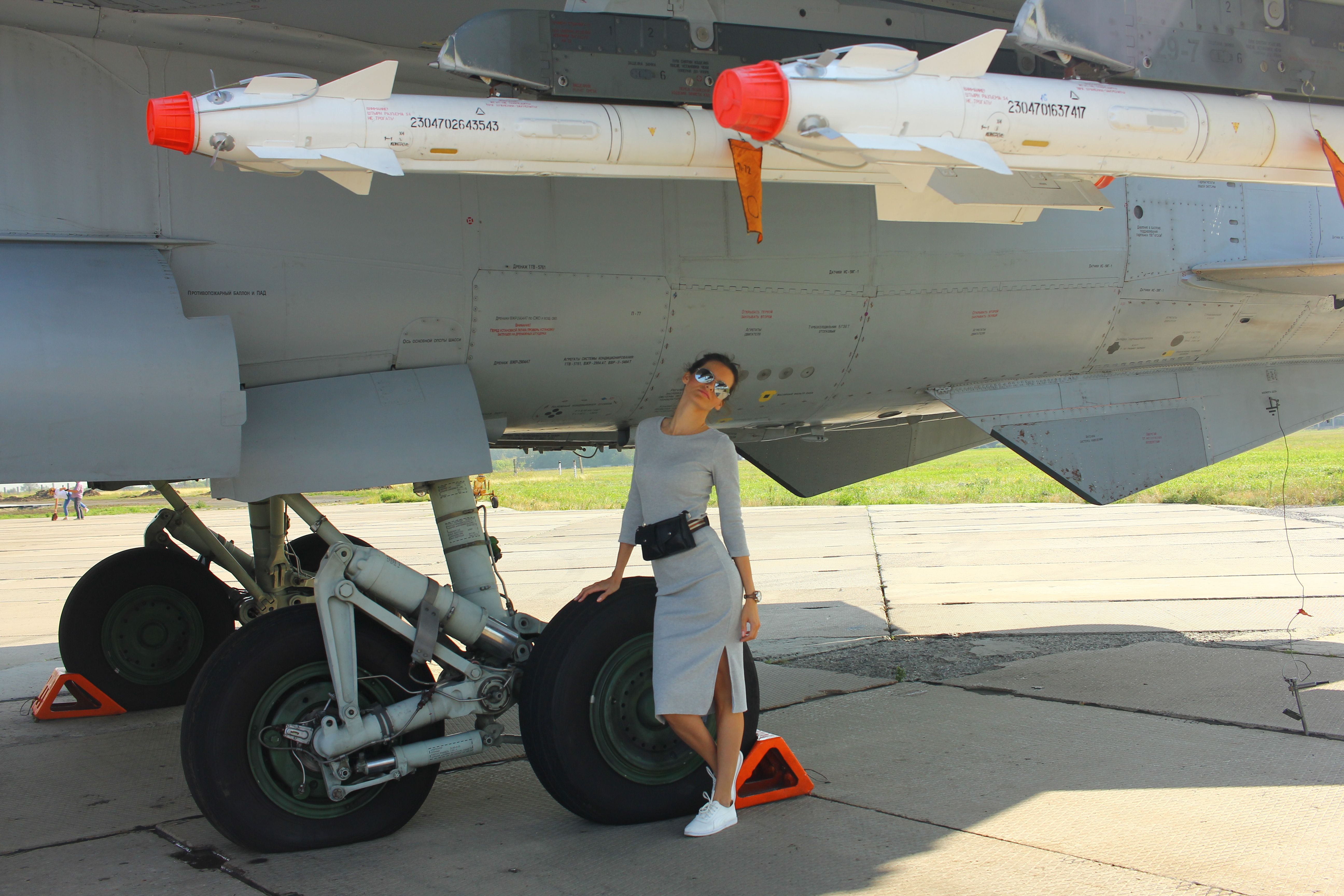
To adversaries like Russia, the SR-71’s speed led to the development of the massive Mach 3 MiG-31 Foxhound as pictured above, complete with a lady posing for scale. The MiG-31 would eventually have variants that could pack an underslung hypersonic missile. The weapons carriage capability is next up.
3
Hypersonic missile and precision bomb truck
The SR-72 can use its speed to hurl precision weapons much faster and further
Yes, it makes sense to have a hypersonic warplane use hypersonic missiles. Having high-speed missiles gives the enemy less time to take defense measures like deploying countermeasures, turning on jamming, or firing a missile to intercept, as air defences nowadays do. Back to the MiG-31 Foxhound and its hypersonic weapon, the Kh-47M2 Kinzhal, a hypersonic air-launched ballistic missile as pictured below:
Photo: Dianov Boris | Shutterstock
One can watch how the Kinzhal works below:
The Kinzhal has been successfully intercepted by US-made Patriot surface-to-air missiles gifted to Ukraine. As Peter Mitchell of the Modern War Institute, a United States Military Academy (aka West Point) organization “that studies recent and ongoing conflicts to prepare present and future leaders to win in a complex world” reported on May 23, 2023
The May 4 interception of a Russian Kinzhal hypersonic missile by one of Ukraine’s Patriot air defense systems in Kyiv has caused a significant stir in the international missile defense community. The ensuing saturation attack against Kyiv on May 16, which according to Russian sources was specifically aimed at knocking out a Patriot system, has only further underscored the significance of advanced missile defense systems in today’s evolving security landscape.
One can only imagine what a low observable SR-72 variant with GPS guided bombs dropping at higher speed and/or altitude and subsequent longer ranges could do. Perhaps an SR-72 variant can supplement the B-21 and B-52 as a high-speed precision bomb truck to replace the B-1B Lancer, which is due to be retired in the 2030s in part due to airframe life issues.
The ability to put a precision weapon anywhere, anytime could mean that if intelligence spots a senior terrorist – a weapon could be put on that terrorist before the “go” order for more mayhem. Or down a long-range missile silo in time to prevent the use of a weapon of mass destruction.
2
As a deterrent
The SR-72’s hypersonic speed can become a tool of deterrence
As previously written about, if the SR-72 comes to fruition, the SR-72 will become the United States’ new deterrent that can shift military power in a way to make the United States even more dominant.
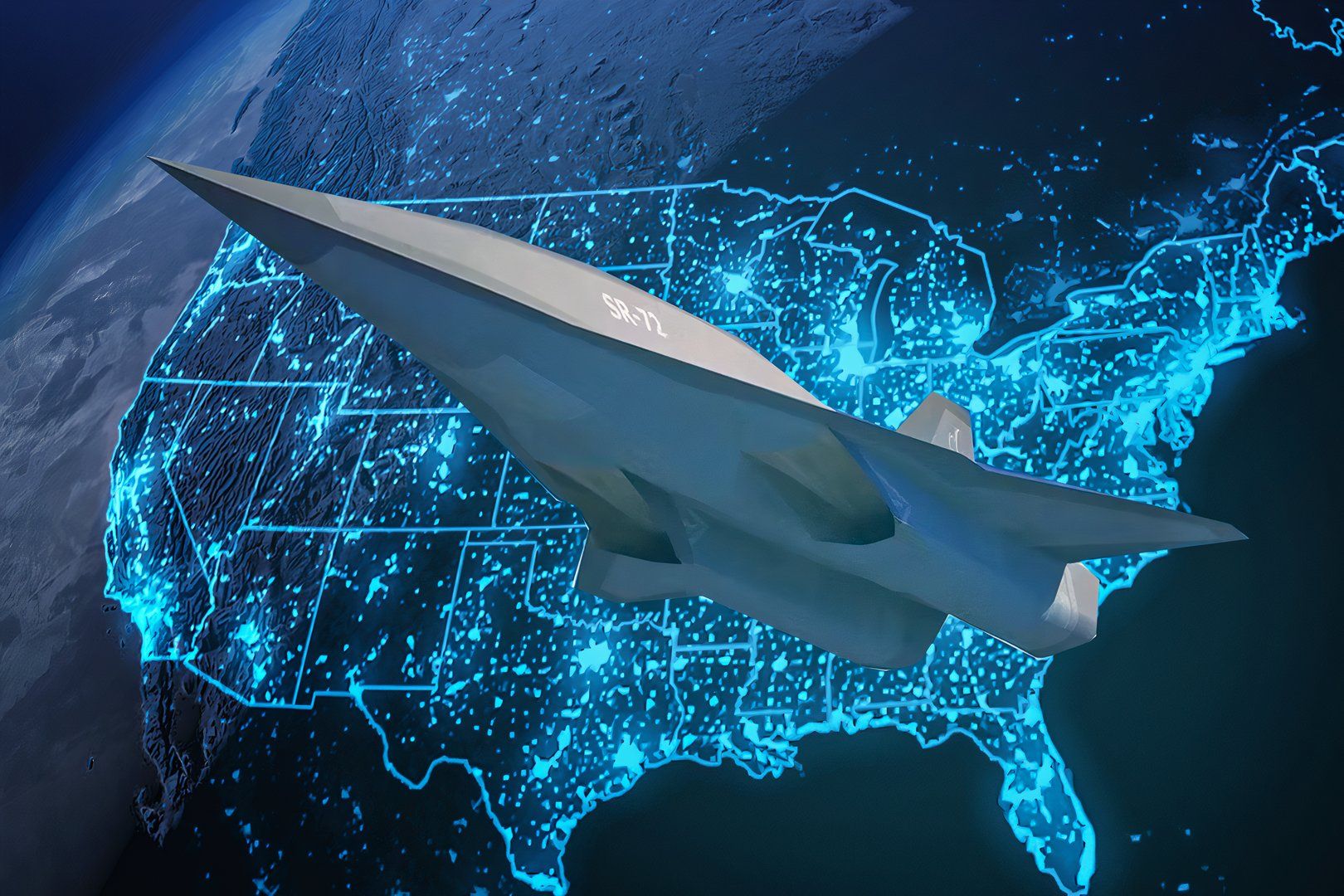
Related
What Impact Will The SR-72 Dark Star Have On Global Military Balance?
The hypersonic UAV is under development.
Imagine a fleet of SR-72s that is too fast to be reliably shot down and decently armed. No sane national leader would want to provoke the employment of that fleet in anger. Especially when the SR-71 was sometimes used to conduct supersonic overflights as a show of force. Additionally, imagine if the SR-72s packed hypersonic weapons also like those profiled below:
As such, imagine if the SR-72 could somehow replace expensive, manpower-intensive aircraft carrier battle groups at least somewhat:
There is an analogy in the investment of aircraft carrier battle groups. In recent months, aircraft carrier battle groups have been deployed to the Middle East to deter Iranian backed aggression after October 7, 2023 and also to protect the Middle Eastern sea lanes from Houthi anti-ship weapons.
However, while aircraft carriers provide sovereign space to launch and recover aircraft, aircraft carriers require thousands of trained personnel – many of whom work in a very hazardous environment, billion-dollar warships in a battle group, multi-million dollar missiles, and many gallons of fossil fuels to serve and protect. A fleet of armed hypersonic SR-72s could provide the same deterrent factor for significantly less cost.
1
As a transport
Hypersonic speed can bring new potential for commerce
Well if one can carry bombs, one can carry passengers and freight. Such is the story of the Tupolev Tu-114, a descendant of the Tu-95 Bear.
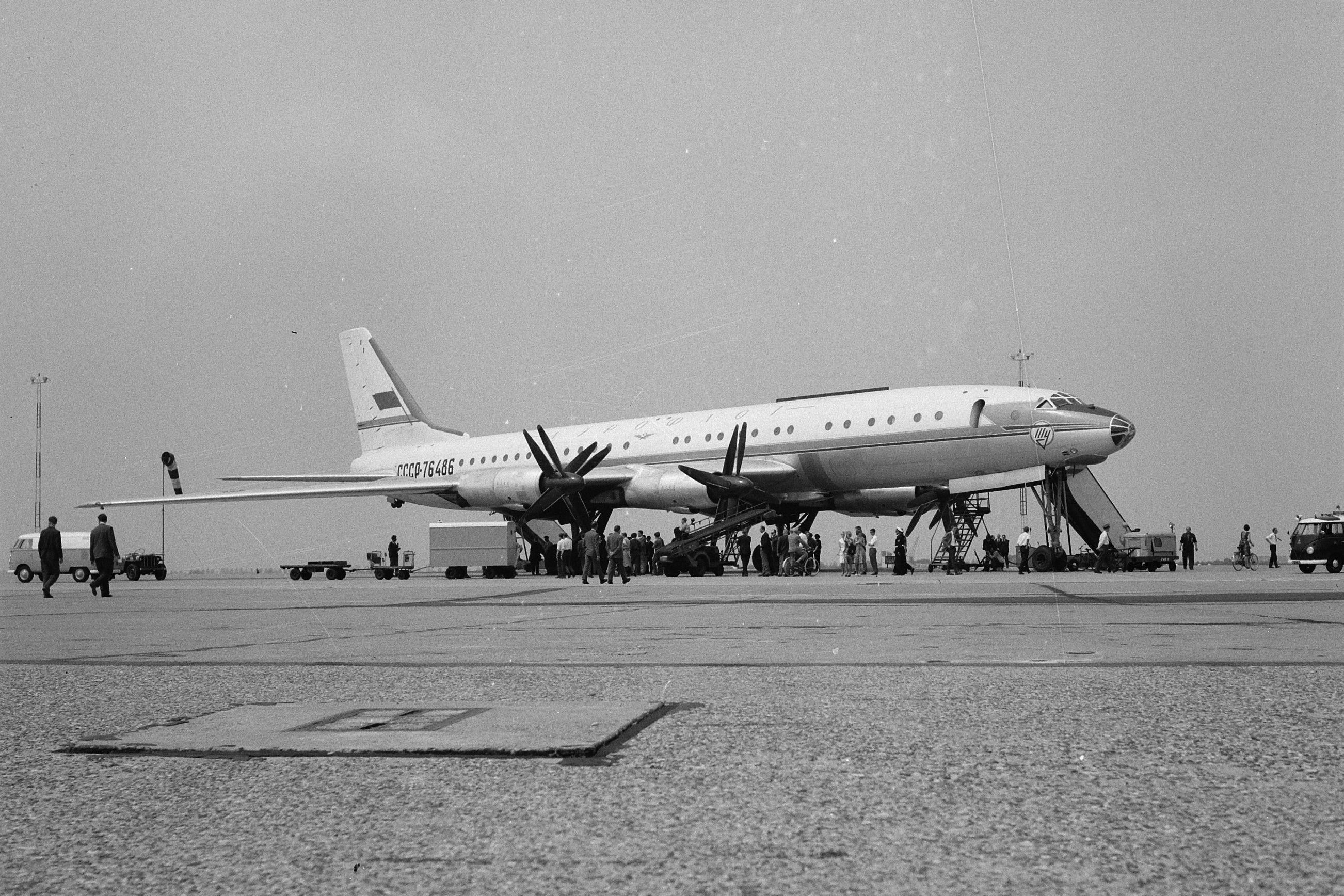
Related
Tupolev Tu-114: The Story Of The World’s Fastest Turboprop Airliner
A total of 32 Tu-114s were built between 1958 and 1963.
Although some Boeing aircraft are military derivatives of civilian aircraft – such as the P-8A Poseidon and E-7 Wedgetail of the Boeing 737 Next Generation family – the reverse has also been true. See the Boeing 307 Stratoliner, a derivative of the B-17 Flying Fortress bomber that became the world’s first pressurized airliner.
Photo: Mike Mareen | Shutterstock
Imagine using the above SR-72 Darkstar or a variant to take a highly valuable item—say a vaccine to a small, infected area in time to prevent a global pandemic complete with lockdowns, economic mayhem, and mass death. That’s what one can get with an aircraft that can go over 60 miles a minute. The SR-72 Darkstar will arguably also be influenced by the success or failure of the Boom Supersonic venture as Boom Supersonic makes the same arguments below:

